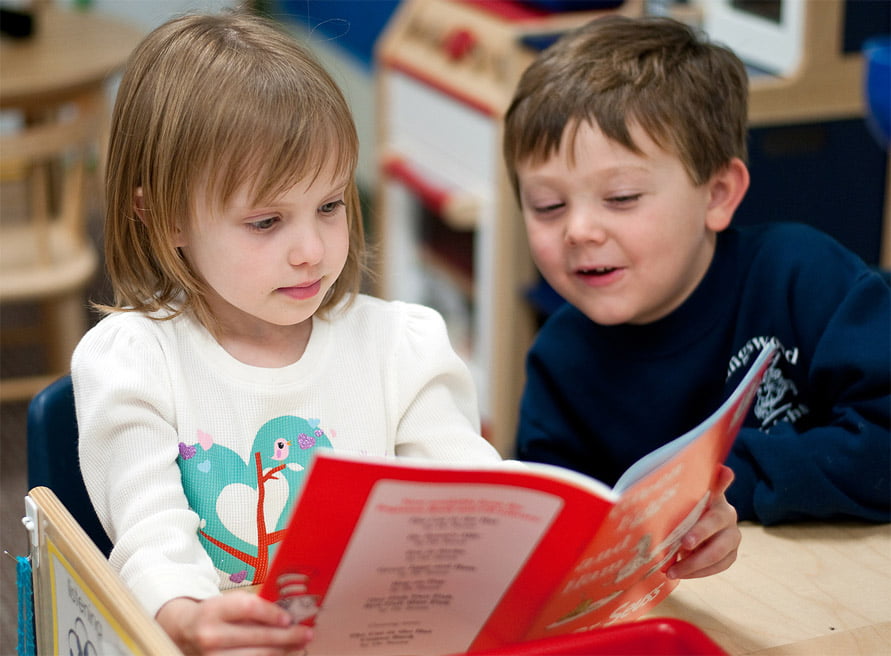Inquire Now T
Get FREE Registrations

4.5 /5 Star Rated Preschool in Yelp

Hand-eye coordination, also referred to as eye-hand coordination, is a crucial gross motor skill children develop during the first years.
Find out why it’s essential to develop and the way you’ll help your children build their coordination with simple games and activities.
Hand-eye coordination is the ability to perform movements with the hands while being guided by the eyes. A child’s hands and sight work together to complete tasks. Sometimes these tasks got through with speed and accuracy, like when catching a ball.
Eye-hand coordination may be a complex cognitive ability because it involves us uniting our visual and motor skills, allowing the hand to be guided by the visual stimulation our eyes receive. Hand-eye coordination is significant for normal child development and academic success but is additionally a crucial skill that adults use in countless activities on a day today.
There are kids with perfect abilities but lack the skills and reflexes that require coordination. Every parent wishes that their kid should be the extraordinary one.
‘People tend to forget that you cannot make
something extraordinary until and unless
you work more than the ordinary.’
Infant care San Diego has made the statement that activities that neutralize your day-to-day life use a point of eye-hand coordination, which is why it’s vital to make sure that it is as developed as possible. Generally speaking, we use visual information to correct a behaviour that may not be appropriate for a situation, which is one of the explanations why this cognitive skill is so important.
This is probably the most straightforward, thanks to developing a child’s eye-hand coordination.
It would help if you practised catching and throwing balls often as this is often also a skill which will be needed when your child begins playing sport—alternate throwing with bouncing a ball to each other. Use different-sized balls like tennis balls, basketballs, beach balls, etc. Throwing and catching more petite balls requires more advanced skills.
Please have your child hold a tennis racquet for a badminton racquet call in front of them, palm facing up, or for the more advanced option, a ping pong paddle. You’ll get to hold the racket alongside them until they will get the hang of it themselves. Take a ball, shuttlecock, or ping pong ball and have them bounce it as repeatedly as they will without dropping or missing it. Repeat the drill, adapting the peak of the bounce whenever.
This is a fun indoor or athletic game, and therefore the whole family can take part!
You can use different objects, counting on the theme and occasion (holiday themes and birthday parties are great for this game)! All the school sports event consider the relay race to be the most exciting and mandatory part of the sports day.
You can do that in fireman relay style, where everyone keeps their place, or have the last kid run to the front after placing the thing within the bucket at the rear; that way, they all get an address ahead.
Threading and lacing are great for developing concentration also for practising controlled movements. Your child has got to coordinate his eyes and fingers carefully to try to do this task. Make your lacing cards by using cardboard shapes and punching holes into them, or buy a group of lacing cards. Thread beads onto string, or use macaroni and make a necklace! Threading and lacing are two of the simplest activities you’ll do for building fine motor skills.
Gardening may be a great way to urge outdoors while developing coordination and general gross motor skills. All you would like is a basic gardening set like this one, and you’re set to travel. Kids can have an eternal attachment to gardens if they want to. Gardening will help with cognitive development and create a fantastic parent-kid bonding that can sometimes suffer due to less time.
Purchase a group of bowling pins or make your own by filling large plastic bottles with some water and painting them in various colours. Then, place them during a row and alternate rolling a ball to knock them over. As your child gets more skilled, make small skittles with small bottles and knock them over with a smaller ball.
We at Pre K San Diego believe that a bit of effort from the parents and guardians can make the child a lot more bright and more sharp.